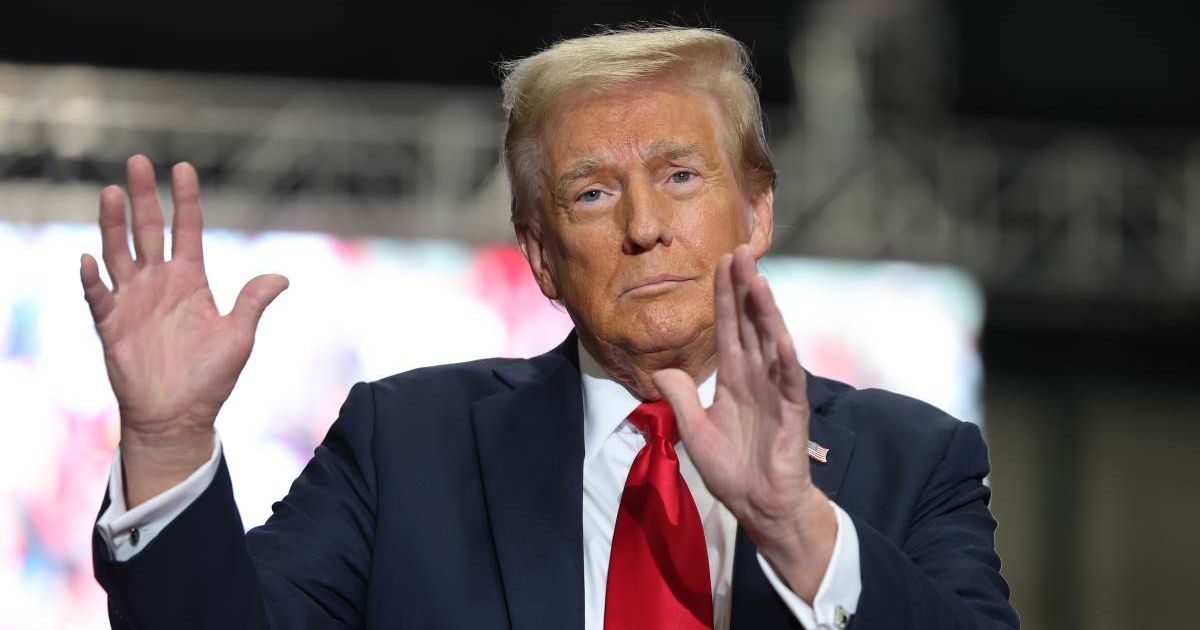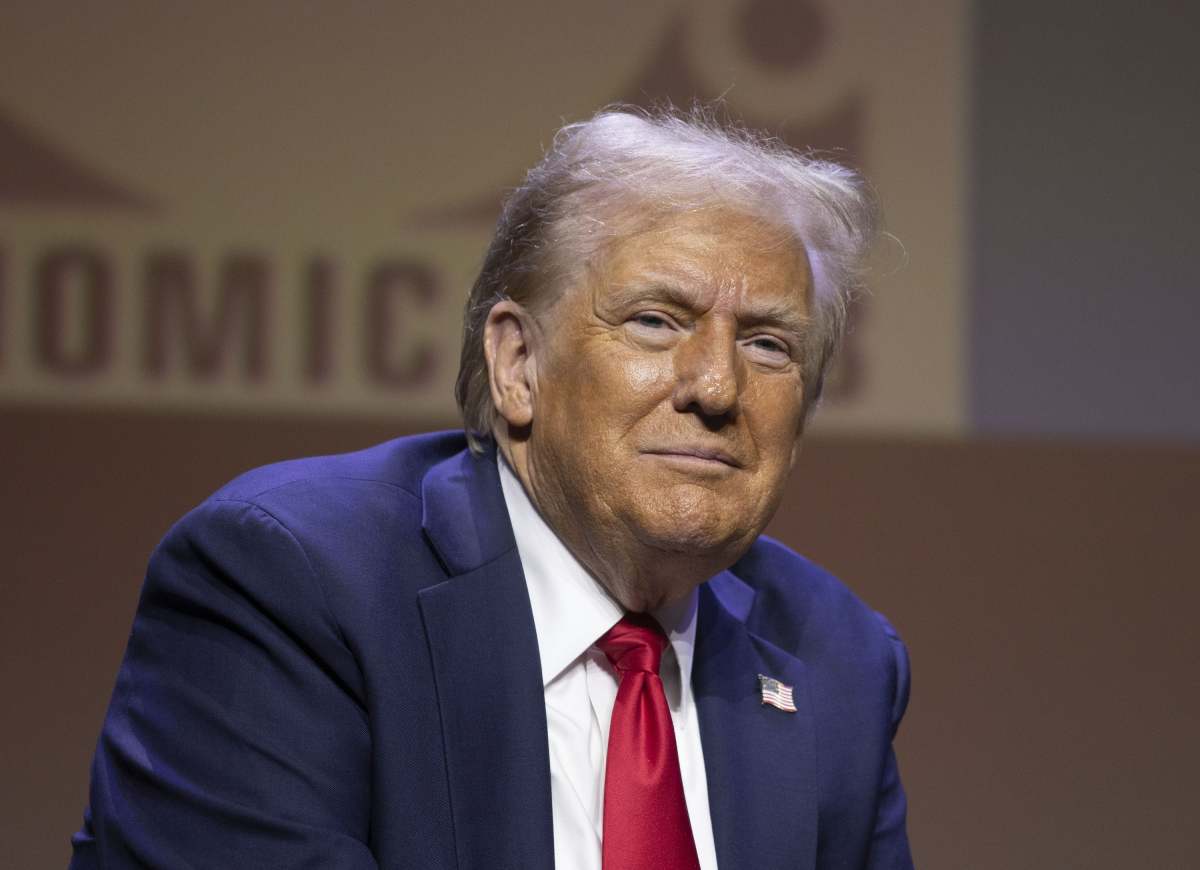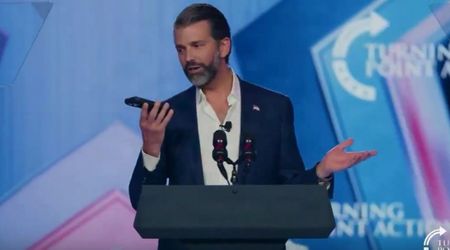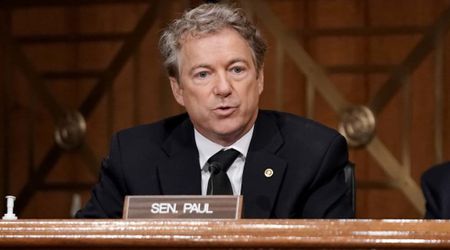‘We’re getting close’: Trump signals shutdown ending after tentative Senate deal to reopen government

PRESIDENT TRUMP: "It looks like we’re getting close to the shutdown ending. You'll know very soon."
— Benny Johnson (@bennyjohnson) November 10, 2025
pic.twitter.com/xvnCWxYkKY
WASHINGTON, DC: President Donald Trump has announced that the 40-day government shutdown is nearing its end. Speaking to reporters, he said, "It looks like we're getting close to the shutdown ending."
A tentative agreement has been reached by a group of senators that could bring the shutdown to an end. If finalized, the deal would still take several days to implement and would need to pass through multiple legislative steps.
According to NBC, the deal worked out by Democrats and Republicans appears likely to get the 60 votes required to pass the Senate.

Trump signals end of prolonged government shutdown
President Donald Trump indicated on Monday, November 10, that the exact date to lift the shutdown has not yet been revealed. "Looks like we're getting very close on the shutdown. Will never agree to give. Any substantial money or any money," he said.
"Really, personals and illegal are coming to our country, and I think the Democrats understand that. Looks like we're getting close to the shutdown ending. Thank you very much," he continued.
Speaking about the shutdown, it began on October 1 after Senate negotiations failed. Republicans opposed a Democratic push to protect healthcare and other social programs, preventing an agreement on spending priorities.

How did senators reach a deal to end the government shutdown?
A group of centrist Democrats, including Angus King of Maine, an independent who works with the Democrats in Congress, and Jeanne Shaheen and Maggie Hassan of New Hampshire, joined with Senate Republicans to negotiate a plan to reopen the government.
On the Republican side, Susan Collins of Maine, who chairs the Senate Appropriations Committee, led the discussions. After meeting with their party members, King said he believes there are enough votes for the plan to pass the Senate. “That’s certainly what it looks like,” he told reporters.

He added that Democrats supporting the deal feel the shutdown has gone on too long and want to end it quickly to help Americans affected by the closures. The Senate is scheduled to convene at 8 pm Sunday, with a vote expected that evening to move the plan forward.
What the agreement includes:
1. A “minibus”, consisting of three full-year funding bills that cover certain departments, such as Agriculture, through the end of the fiscal year next fall.
2. A continuing resolution that keeps the rest of the government funded at existing levels through January 30.
3. SNAP/food stamps: fully funded through next September.
4. Reversal of Trump’s attempted layoffs of federal workers (RIFs or “reduction in force” notices).
A major compromise from Democrats is that the deal does not immediately extend the expiring Affordable Care Act (ACA) subsidies. If these subsidies are not renewed, insurance costs could increase for millions of Americans.
Instead, Democrats said the Senate will vote on extending the subsidies by the second week of December. But it remains unclear whether the vote will pass. House Speaker Mike Johnson has not said whether the House will take it up.
Not all Democrats support the plan. Senators Richard Blumenthal, Ruben Gallego, Tammy Baldwin, and Chris Van Hollen have said they will oppose it. Baldwin criticized the deal, saying a future vote on healthcare without clear guarantees is “not enough for the families I work for.”
Senate Majority Leader John Thune plans to first move forward with a spending bill the House has already approved. He will then add the “minibus” package of funding bills and extend government funding for a longer period. The Senate Appropriations Committee is expected to release details of three of these bills on Sunday.
The deal came together after several days of talks between Democrats and Republicans. Democrats agreed to support ending the shutdown, and in return, they will get a vote on ACA subsidies.
After the Senate approves the plan, the House of Representatives must still approve it. Then President Trump must sign it for the government to reopen fully. The Senate could begin voting Sunday night, but if even one senator objects, the process could take several more days to complete.










